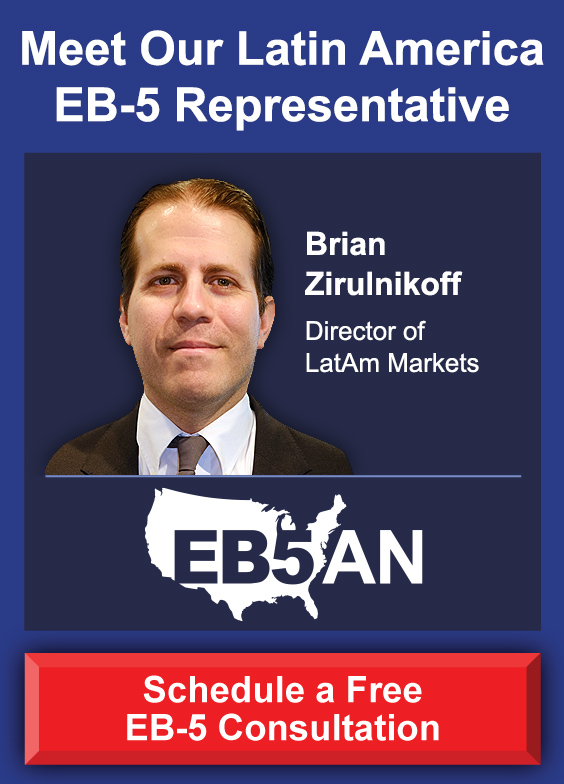
The first form a prospective EB-5 investor must file is Form I-526, Immigration Petition for Alien Entrepreneur. For investors who wish to immigrate to the United States, filing an I-526 petition is the very first step in the EB-5 process—and one of the most important.
Once the EB5 investor has gained approval for their I-526 petition, the next form to file is contingent on the investor’s location. If they are currently living abroad, they must file Form DS-260, Immigrant Visa Electronic Application, to seek admission to the United States. But if they are already residing in the United States with a nonimmigrant visa, they must file Form I-485, Application to Register Permanent Residence or Adjust Status, to change their status from nonimmigrant to immigrant.
Along with Form DS-260 or the I-485 petition, an EB-5 investor may simultaneously file Form I-765, Application for Employment Authorization, and Form I-131, Application for Travel Document. The former should be filed by noncitizen investors who wish to be lawfully authorized to work in the United States, while the latter can be filed to acquire a reentry permit, which would allow permanent residents to travel outside the United States. In addition to the reentry permit, successful submission of Form I-131 could also allow investors to gain a refugee travel document, advance parole travel document, or advance permission to travel for Commonwealth of the Northern Mariana Islands long-term residents.
An EB-5 investor who receives approval of their DS-260 or I-485 application will be granted conditional permanent resident status, which will last for two years. Ninety days before the end of this period, the EB-5 investor must file Form I-829, Petition by Entrepreneur to Remove Conditions from Permanent Resident Status. Approval of the I-829 petition will remove all conditions and restrictions from the investor’s permanent resident status, which marks the successful conclusion of the EB-5 process.







